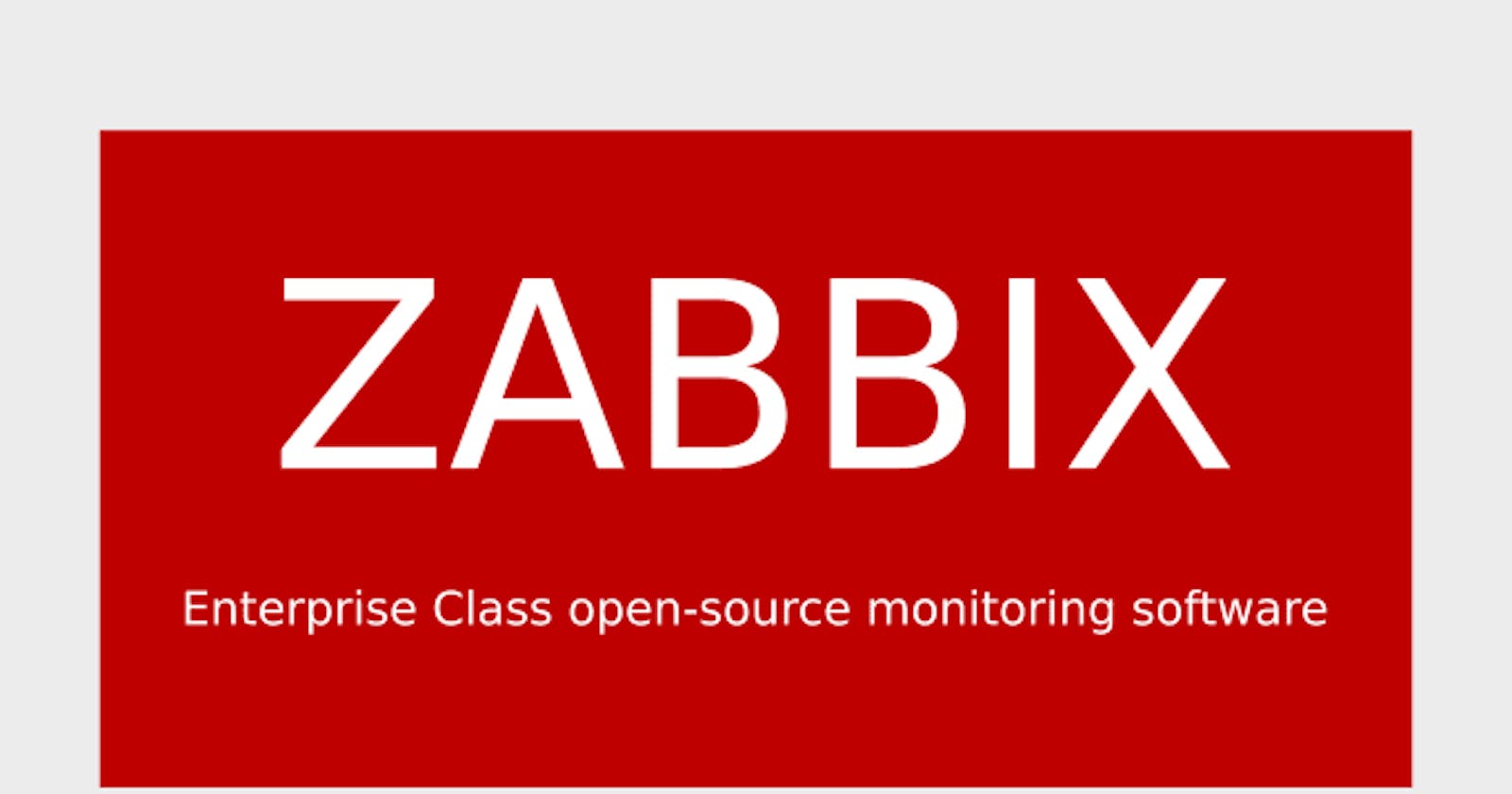Introduction
Monitoring is a crucial component of IT infrastructure management since it helps to guarantee the reliability, efficiency, and availability of systems and services. Open-source monitoring software called Zabbix has become an effective tool for businesses to learn a lot about their infrastructure. We shall examine Zabbix's capabilities and advantages here and how it can revolutionize your monitoring procedures.
Introduction to Zabbix
Zabbix is an open-source, enterprise-grade monitoring tool created to keep an eye on many components of IT infrastructure, such as servers, networks, applications, and cloud environments. With its extensive feature set, it is a reliable option for monitoring small to large-scale ecosystems.
Real-Time Monitoring and Alerting
Zabbix offers real-time monitoring features that let you compile and examine data from various sources. It allows you to monitor a wide variety of devices and platforms because it supports a variety of monitoring techniques, including agent-based, agentless, and SNMP. Zabbix can deliver alerts through email, SMS, or other channels with customizable triggers and thresholds, assuring fast notification of important incidents.
Prerequisites of Zabbix Installation
Linux Machine Red Hat 8 server with root access.
Database MySQL (Version 8.0)
Webserver Apache (Version 2.4.37)
Sufficient resources (CPU, RAM, disk space) for Zabbix installation
Access to the Internet for downloading packages
Steps for Zabbix-server Installation
Update System Packages
Start by updating your Red Hat 8 system packages to ensure you have the latest updates and bug fixes. Open the terminal and run the following command
sudo yum update -yInstall Database - MySQL
sudo dnf install mysql-server -yEnable MySQL
sudo systemctl enable mysqld --nowSet Password for root MYSQL
sudo /usr/bin/mysql_secure_installationDownload the Zabbix repository using given rpm command
sudo rpm -Uvhhttps://repo.zabbix.com/zabbix/6.0/rhel/8/x86_64/zabbix-release-6.0-4.el8.noarch.rpmClean cache
sudo dnf clean allInstall Zabbix package by dnf server
sudo dnf install zabbix-server-mysql zabbix-web-mysql zabbix-apache-conf zabbix-sql-scripts zabbix-selinux-policy zabbix-agent -yProvide the password you have set above after installation of MySQL
mysql -uroot -p -e "create database zabbix character set utf8mb4 collate utf8mb4_bin;create user 'zabbix'@'localhost' identified by 'zabbix@123'; grant all privileges on zabbix.* to 'zabbix'@'localhost';set global log_bin_trust_function_creators = 1;"Enter the default password of the Zabbix MySQL user which is (zabbix@123)
zcat /usr/share/zabbix-sql-scripts/mysql/server.sql.gz | mysql --default-character-set=utf8mb4 -uzabbix -p zabbixEnter the root MySQL password
mysql -uroot -p -e "set global log_bin_trust_function_creators = 0;"sudo systemctl restart zabbix-server zabbix-agent httpd php-fpm sudosystemctl enable zabbix-server zabbix-agent httpd php-fpmgo to /etc/zabbix/ and open the zabbix_server.conf file and change DBPassword to DBPassword=zabbix123
Restart the Zabbix server
sudo systemctl restart zabbix-server zabbix-agent httpd php-fpmAdd the Zabbix port 10050 in the firewall
sudo firewall-cmd --add-port=10050/tcp --permanentReload the firewall
sudo firewall-cmd --reloadAccess the Zabbix GUI at
127.0.0.1/zabbix
